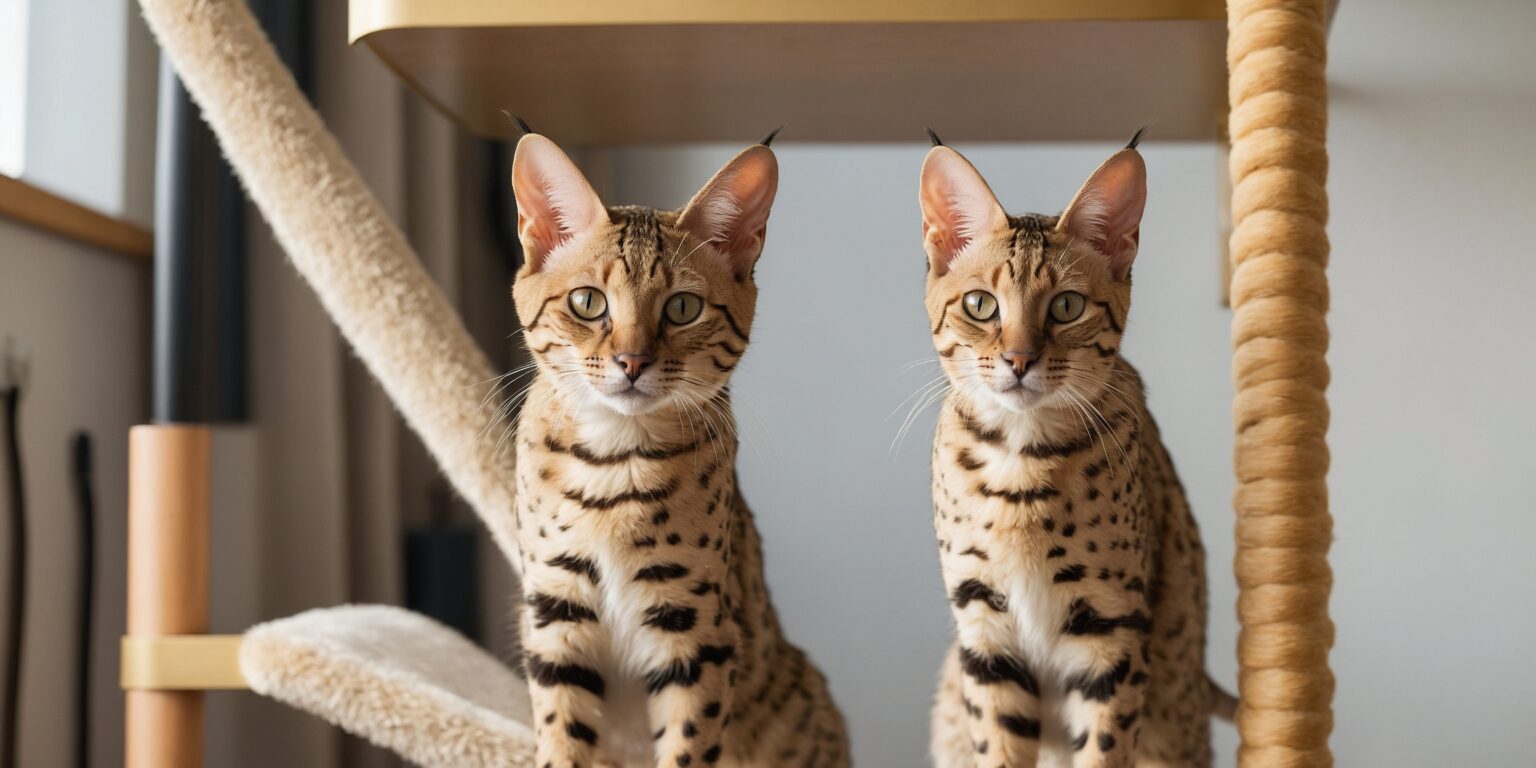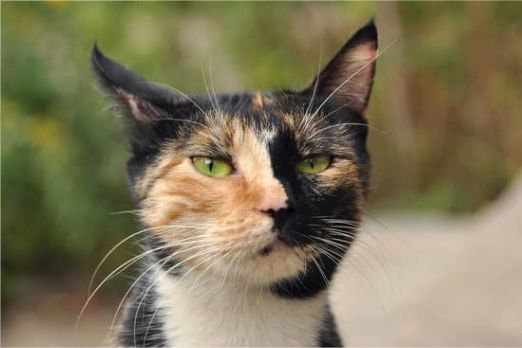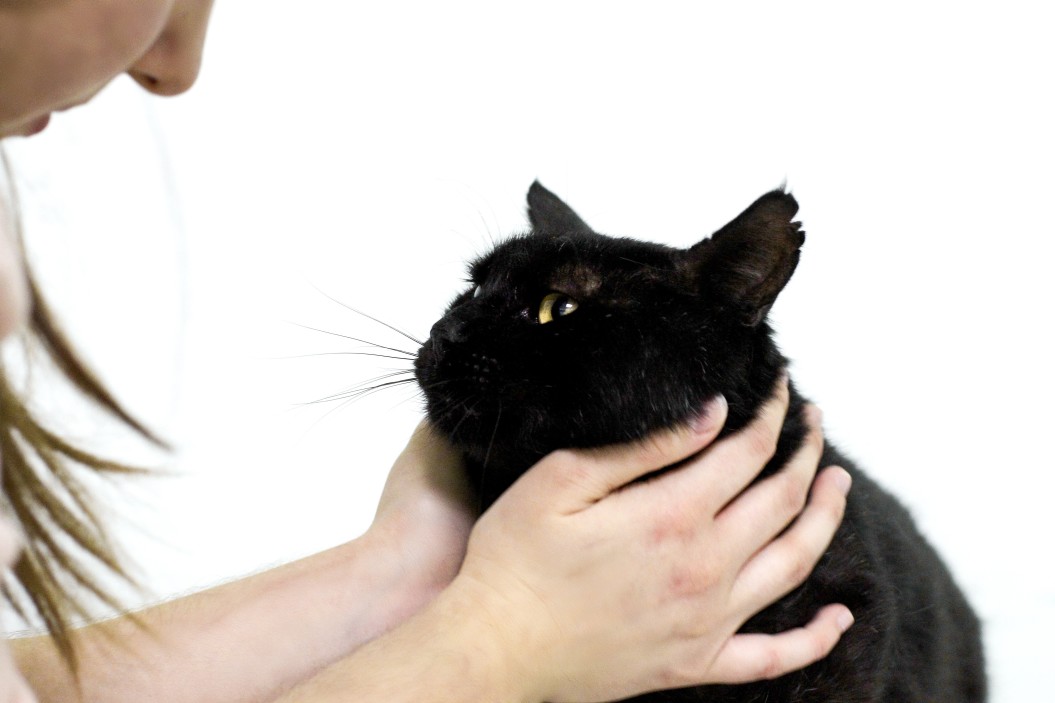The Savannah cat doesn’t just enter a room—it makes an entrance. With those long legs, satellite-dish ears and an athletic silhouette, this striking hybrid has stolen many hearts in 2024. If you’re dreaming of a big, bold cat with a soft spot for cuddles, you’re in the right place.
Understanding the origin of the Savannah cat
The Savannah began with a 1986 pairing between the African serval (a wild cat) and a domestic cat, producing kittens with an unforgettable mix of looks and personality. Today, “Savannah” refers to later generations too—each step away from the serval typically means a more settled, home-friendly temperament.
Curious about other confident, spotted beauties? Meet the equally adventurous Bengal cat for a fun comparison. And for history lovers, here’s the breed’s background on Wikipedia.
How to recognize a Savannah cat
- Body: Tall, lean and athletic with long legs built for springy jumps.
- Ears: Large, upright and alert—think “mini serval.”
- Coat: Short, sleek and spotted or marbled; colors vary from golden to silver to black smoke.
- Tail: Shorter than many domestic cats, thick and expressive.
Weight can range from roughly 12 to 20 pounds, with some early-generation males getting significantly larger. Many Savannahs are brilliant jumpers—sudden appearances on the top shelf are not a glitch but a feature.
Personality: wild looks, heart of gold
Expect a high-energy, curious companion who wants to explore, learn and be part of everything. Savannahs tend to bond closely with their people; many enjoy interactive play, puzzle feeders and even learning tricks.
Fun fact: Plenty of Savannahs take well to leash walks and will “chat” with chirps or trills—adorable and very expressive.
Care essentials
Nutrition that fuels their engine
These athletes thrive on a high-protein, complete and balanced diet. Choose quality wet or dry foods formulated for active cats, and ask your vet to tailor portions to age, size and activity.
Mistake to avoid: Going all-in on a homemade or raw diet without professional guidance. It’s easy to miss critical nutrients, which can lead to deficiencies over time. When in doubt, get a plan from your veterinarian.
Need a refresher on smart feeding choices? Here’s our advice on feeding your cat to keep meals simple and satisfying.
Grooming and hygiene
- Coat: Weekly brushing keeps the sleek coat shiny and reduces shedding.
- Teeth: Dental care matters—aim for regular brushing or vet-approved dental treats.
- Claws: Provide varied scratching posts and trim gently when needed.
- Litter: A roomy, sturdy litter box helps larger cats feel comfortable.
Health and vet care
Plan yearly (or semi-annual) checkups, keep vaccinations current and stay on top of parasite prevention. Early-generation Savannahs are active, so watch for sprains or bumps from their parkour sessions and call your vet if anything looks off.
Living with a Savannah: home setup and enrichment
These cats are vertical thinkers. They want vantage points, sunbeams and a safe way to survey their kingdom.
- Vertical playground: Tall shelves and sturdy trees prevent boredom and redirect “counter surfing.” Prefer a curated shortlist? Check out the best cat trees for inspired climbing.
- Smart play: Rotate toys weekly, use wand toys for sprints and add puzzle feeders for brain work.
- Leash adventures: Many Savannahs love harness walks—start at home, go slow and reward generously. Here’s a handy guide to choosing a cat harness.
Pro tip: Teach “Up” and “Down” as cues using a clicker and treats. You’ll channel those spring-loaded legs into polite jumps on approved perches—no more surprise launches onto the dinner table.
Important: Because of their prey drive and curiosity, free-roaming outdoors can be risky for both your cat and local wildlife. Try a secure catio, harness walks or supervised yard time instead.
Adopting a Savannah: what you need to know
Choosing a Savannah is a commitment—of space, time and budget. Early generations (closer to the serval) are typically larger and more intense; later generations often suit more homes. Discuss generations, socialization and energy levels with a responsible breeder or rescue.
- Budget: Beyond adoption cost, remember food, vet care, enrichment, pet sitting and insurance if you opt for it.
- Space: Vertical room matters; give them safe zones to climb and explore.
- Lifestyle fit: They do best with people who enjoy playtime and interaction.
Not sure how to evaluate a breeder or boarding facility? Learn what a cattery is and how to choose one for peace of mind.
With the right setup and a little daily fun, the Savannah cat rewards you with loyalty, laughter and endless “Did you just see that?” moments.
FAQ
Are Savannah cats good with children or other pets?
With careful introductions and supervision, many do very well. Match energy levels, teach gentle handling and provide safe retreats for everyone.
How big do Savannah cats get?
They’re typically larger and taller than the average cat, often 12–20 pounds. Early generations can be bigger, with long legs that make them look even taller.
Can a Savannah cat live in an apartment?
Yes—if you offer vertical space, daily play and plenty of enrichment. Tall trees, shelves and short training sessions make a big difference.
Are Savannah cats legal everywhere?
Regulations vary by region. Always check local rules and housing policies before adopting to avoid surprises.








